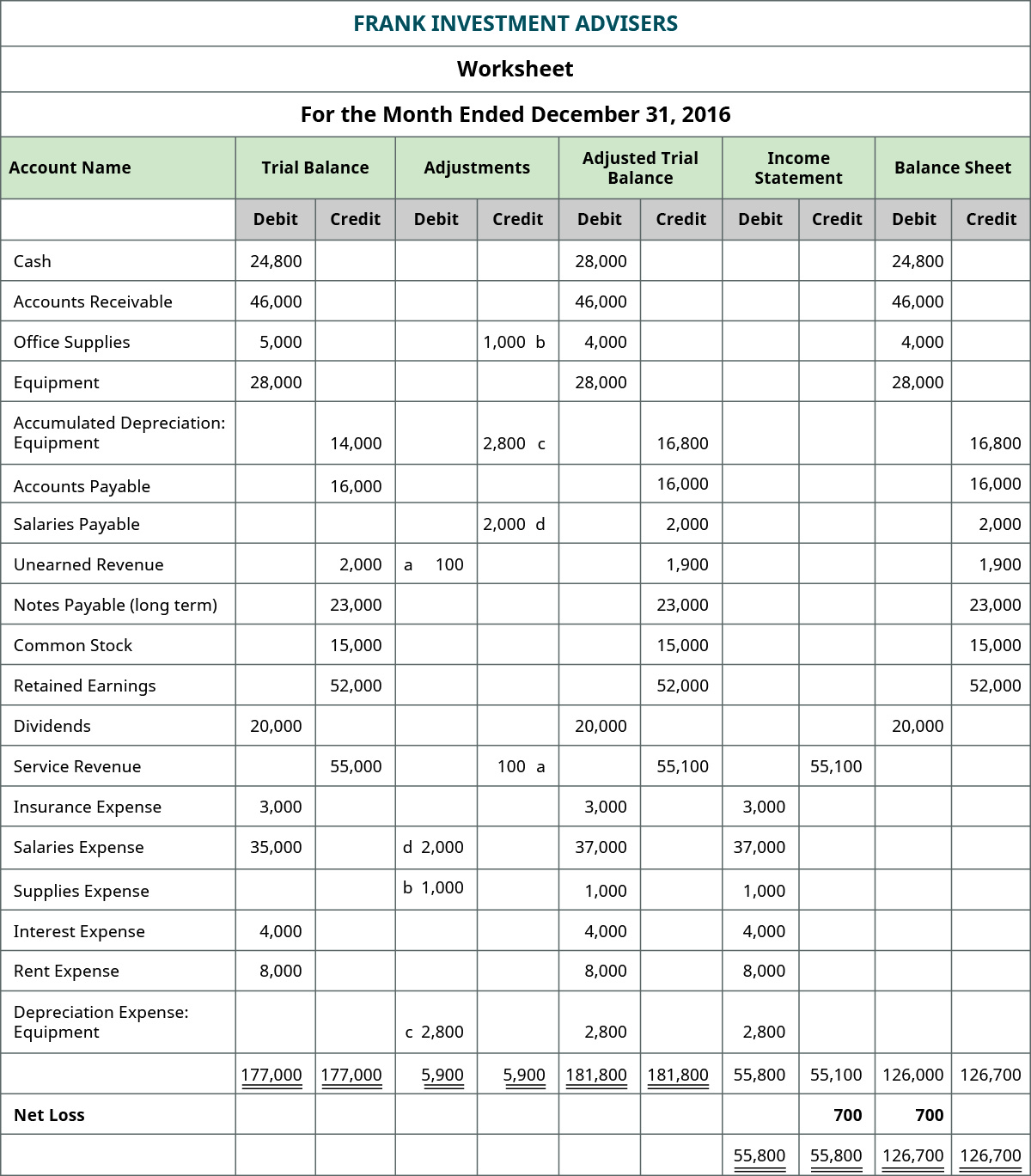Normal Debit and Credit Balances for the Accounts
The net realizable value of the accounts receivable is the accounts receivable minus the allowance for doubtful accounts. A debit balance is an account balance where there is a positive balance in the left side of the account. Accounts that normally have a debit balance include assets, expenses, and losses. Examples of these accounts are the cash, accounts receivable, prepaid expenses, fixed assets which of the following types of accounts normally have debit balances? (asset) account, wages (expense) and loss on sale of assets (loss) account.
Debits and Credits Outline
Because of the impact on Equity (it decreases), we assign a Normal Debit Balance. When we’re talking about Normal Balances for Revenue accounts, we assign a Normal Balance based on the effect on Equity. Because of the impact on Equity (it increases), we assign a Normal Credit Balance. Liabilities (what a company owes to third parties like vendors or banks) are on the right side of the Accounting Equation. Double Entry Bookkeeping is here to provide you with free online information to help you learn and understand bookkeeping and introductory accounting.
Double Entry Bookkeeping
As noted earlier, expenses are almost always debited, so we debit Wages Expense, increasing its account balance. Since your company did not yet pay its employees, the Cash account is not credited, instead, the credit is recorded in the liability account Wages Payable. A credit to a liability account increases its credit balance. It should be noted that if an account is normally a debit balance it is increased by a debit entry, and if an account is normally a credit balance it is increased by a credit entry. So for example a debit entry to an asset account will increase the asset balance, and a credit entry to a liability account will increase the liability.
The left hand side is commonly referred to as debit side and the right hand side is commonly referred to as credit side. In practice, the term debit is denoted by “Dr” and the term credit is denoted by “Cr”. In the rest of this discussion, we shall use the terms debit and credit rather than left and right. Let’s see in detail what these fundamental rules are and how they work when a business entity maintains and updates its accounting records under a double entry system of accounting.
A current asset account that reports the amount of future rent expense that was paid in advance of the rental period. The amount reported on the balance sheet is the amount that has not yet been used or expired as of the balance sheet date. Costs that are matched with revenues on the income statement. For example, Cost of Goods Sold is an expense caused by Sales. Insurance Expense, Wages Expense, Advertising Expense, Interest Expense are expenses matched with the period of time in the heading of the income statement.
Examples of Debits and Credits in a Sole Proprietorship
Depending on the function performed by the salaried employee, Salaries Expense could be classified as an administrative expense or as a selling expense. If the employee was part of the manufacturing process, the salary would end up being part of the cost of the products that were manufactured. The following example may be helpful to understand the practical application of rules of debit and credit explained in above discussion. A ledger account (also known as T-account) consists of two sides – a left hand side and a right hand side.
And finally, we define what we call „normal balance”. You could picture that as a big letter T, hence the term „T-account”. Again, debit is on the left side and credit on the right.
- So for example a debit entry to an asset account will increase the asset balance, and a credit entry to a liability account will increase the liability.
- If the borrower is repaying the debt with regular installment payments, then the debit balance should gradually decline over time.
- This is an owner’s equity account and as such you would expect a credit balance.
- The double-entry system requires that the general ledger account balances have the total of the debit balances equal to the total of the credit balances.
- Expenses normally have debit balances that are increased with a debit entry.
For the past 52 years, Harold Averkamp (CPA, MBA) has worked as an accounting supervisor, manager, consultant, university instructor, and innovator in teaching accounting online. A debit balance is the remaining principal amount of debt owed to a lender by the borrower. If the borrower is repaying the debt with regular installment payments, then the debit balance should gradually decline over time. If the borrower is paying down the balance at an accelerated rate, this will result in a substantial decline in the total amount of interest paid.





























